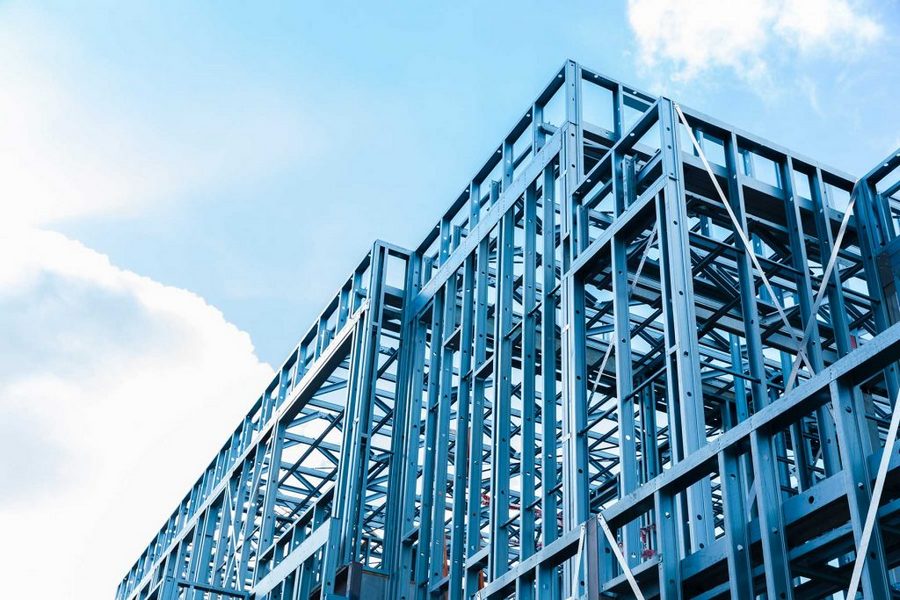Throughout history, the development and refinement of materials have played a crucial role in shaping the world we live in today. One such material that has stood the test of time and revolutionized construction is structural steel. From its humble beginnings in the Iron Age to the awe-inspiring modern marvels we witness today, the evolution of structural steel has been an incredible journey of innovation and engineering prowess.
The Iron Age: Laying the Foundation
The roots of structural steel can be traced back to the Iron Age, a period characterized by the discovery and widespread use of iron. The ability to extract iron from ore and manipulate it into useful shapes laid the foundation for the future development of steel. However, it wasn’t until the Middle Ages that iron began to be forged into rudimentary structural components, such as beams and columns, primarily used in small-scale construction.
The Industrial Revolution: Enter Wrought Iron
With the advent of the Industrial Revolution in the 18th century, the production of iron underwent a significant transformation. The introduction of steam-powered machinery enabled the mass production of wrought iron, a malleable and ductile form of iron. Wrought iron’s inherent strength and flexibility made it an ideal material for constructing bridges, railway tracks, and other large-scale structures.
The Bessemer Process: Birth of Modern Steel
The true turning point in the evolution of structural steel came with the development of the Bessemer process in the mid-19th century. This revolutionary technique involved blowing air through molten iron to eliminate impurities, resulting in the production of steel. The newfound ability to produce large quantities of high-quality steel at a fraction of the previous cost paved the way for its widespread adoption in construction.
The Skyscraper Era: Steel’s Rise to Prominence
The late 19th and early 20th centuries witnessed an unprecedented surge in architectural ambition, giving rise to the era of skyscrapers. Steel’s unique properties, including its exceptional strength-to-weight ratio, made it the ideal material for constructing tall buildings. Innovative design concepts such as the steel skeleton frame, pioneered by architects like William Le Baron Jenney and Louis Sullivan, revolutionized the field of architecture and transformed city skylines around the world.
Modern Marvels: Advancements in Steel Technology
Today, structural steel continues to evolve, driven by advancements in manufacturing processes and the pursuit of sustainability. High-strength, low-alloy (HSLA) steels, advanced composite materials, and innovative fabrication techniques have allowed engineers and architects to push the boundaries of what is possible in construction. From iconic landmarks like the Burj Khalifa to sprawling bridges and futuristic stadiums, steel has become synonymous with monumental engineering achievements.
Conclusion
The evolution of structural steel, from its beginnings in the Iron Age to its present-day status as a marvel of modern engineering, is a testament to human ingenuity and innovation. Steel’s versatility, strength, and durability have transformed the built environment and continue to shape the architectural landscape. As we look to the future, the continued advancement of steel technology promises even greater possibilities in construction and infrastructure development.
Horizon Steel is a trusted steel supplier in Dubai, providing high-quality products and services that meet the demanding needs of the construction industry.



